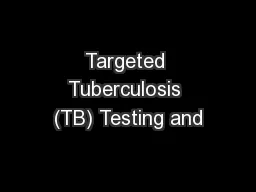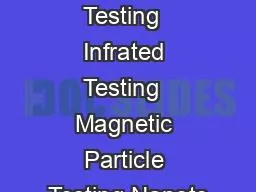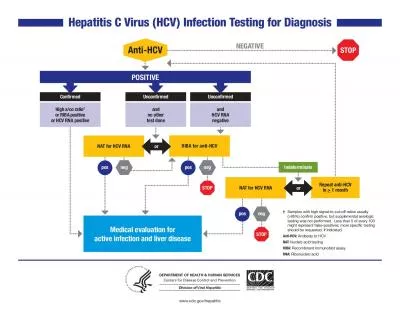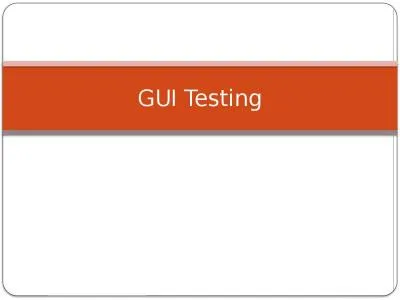PDF-Cushings Disease Testing
Author : cappi | Published Date : 2021-10-06
What is Cushings diseaseWhat is Cushings diseaseCushings disease is a condition caused by an increased production ofthe stress hormone cortisol by the adrenal glands
Presentation Embed Code
Download Presentation
Download Presentation The PPT/PDF document "Cushings Disease Testing" is the property of its rightful owner. Permission is granted to download and print the materials on this website for personal, non-commercial use only, and to display it on your personal computer provided you do not modify the materials and that you retain all copyright notices contained in the materials. By downloading content from our website, you accept the terms of this agreement.
Cushings Disease Testing: Transcript
Download Rules Of Document
"Cushings Disease Testing"The content belongs to its owner. You may download and print it for personal use, without modification, and keep all copyright notices. By downloading, you agree to these terms.
Related Documents













![[READ]-Unit Testing Principles, Practices, and Patterns: Effective testing styles, patterns,](https://thumbs.docslides.com/989778/read-unit-testing-principles-practices-and-patterns-effective-testing-styles-patterns-and-reliable-automation-for-unit-testing-mocking-and-integration-testing-with-examples-in-c.jpg)
